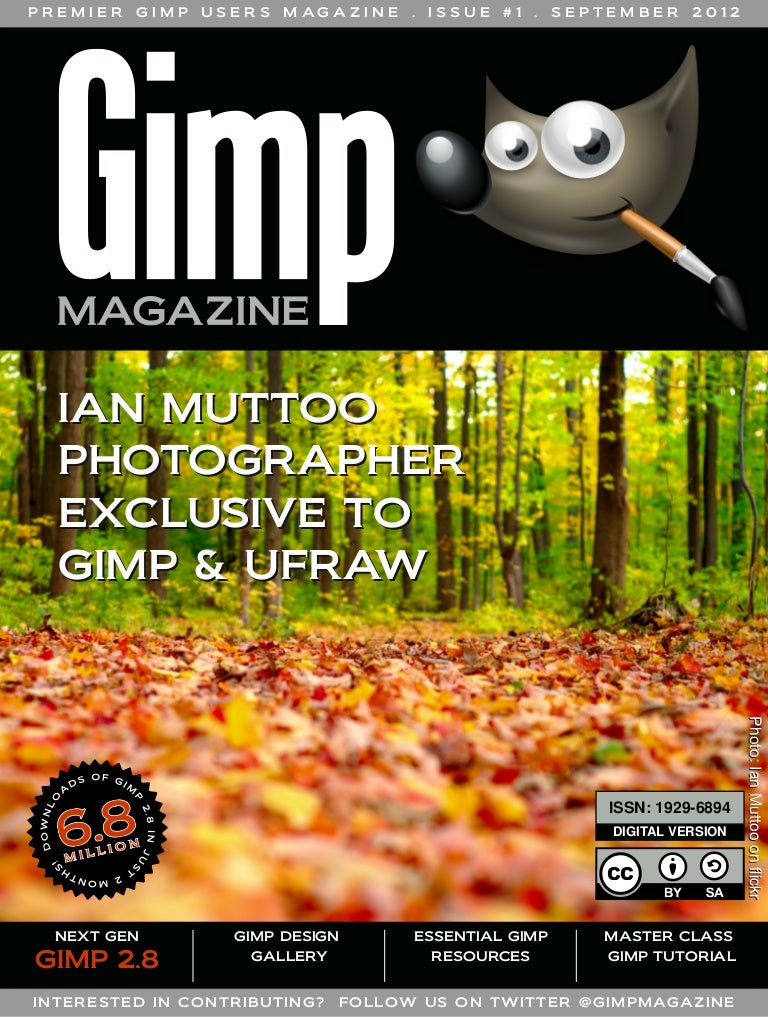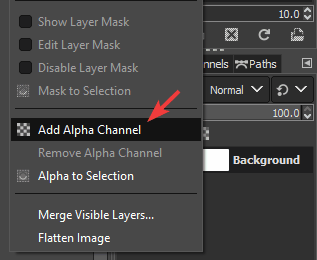

This Asus HD Laptop is an amazon’s choice for ‘chrome computer laptop’ is reviewed by 980+ reviewers that is available at only $249.99. –Recommendations Please continue reading below-ĪSUS Chromebook C223 11.6″ HD Laptop Shop Now You can share your opinions and views about this compilation via comment section below and also let us know if we have missed any useful GIMP tutorial. Do have a look at this collection and enjoy it. We hope that you will like this collection and find these tutorials useful for you as well. Here, you will see a vast collection of some useful tutorials that will be helpful for you in learning new techniques and experimenting with them to remove the boredom from your work and make your picture into work of art and masterpieces. The program can be run in multiple operating systems as well as in many languages. GIMP stands for GNU Image Manipulation Program and it is used for tasks such as photo retouching, image composition and image creation. GIMP is a powerful open source digital image editing application which is a better replacement for many highly priced applications such as Adobe Photoshop and Fireworks.


I’ve only got GIMP’s built-in patterns because I am not a big fan of the pattern system, but I’ve got a guide about creating custom patterns in GIMP here if you want to experiment.Here we are presenting a cool collection of some highly useful and much awaited GIMP tutorials for you. If you want to add some seasonal snowflakes, falling leaves, or rain of porcupines (depending on the look you’re going for), now’s the perfect chance. You can even tell GIMP to apply a pattern along the stroke instead of a solid color or dashed line. This will allow you to apply a stroke around the edges of your selection, and because GIMP uses the selection marquee as the halfway point for the stroke, you can simply enter a line weight setting that is twice the size of your desired border, and you’ll get the results you want. Next, open the Edit menu and choose Stroke Selection. You can also open the Select menu and choose All. It’s ridiculously simple: open your image in GIMP, and press Ctrl + A to select the entire image. This is arguably the quickest method to create a more decorative border around your image, although you can combine it with Method 2 to avoid overlapping any of your image edges if you want to. If you do, make sure to change the Resize Layers option to All Layers. If you’re really set on using patterns, though, I’d recommend using Method 3 (or a combination of Method 2 and Method 3). My preference is to fill the new space with transparency because then you can place another layer below to fill in the border and keep your border and image contents on separate layers.īut if you’re in a hurry, you can set it to fill the space with the foreground or background colors, or even with a pattern. When you’re satisfied with the placement, it’s time to take a look at the Layers section. Don’t forget to increase the height a little bit more to create even spacing at the top to match the left and right sides! If you’re a fan of the framing style that adds a bit of extra weight along the bottom edge, now’s your chance to add a bit of extra space in the Offset Y section. To create your new space evenly around the entire image, click the Center button in the Offset section, and GIMP will align everything properly for you. The small thumbnail of your image will show the newly added space, but you’ll see immediately that GIMP has simply added space on the right and along the bottom.

In this case, to create a border 40 pixels wide around the whole image, I’ll add 80 pixels to the Width and Height sections.


 0 kommentar(er)
0 kommentar(er)
